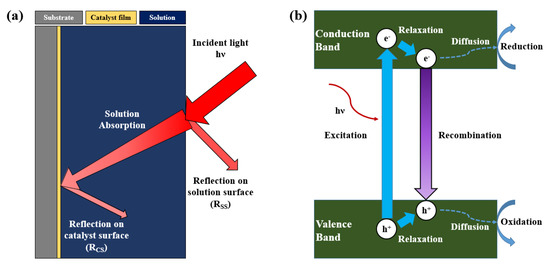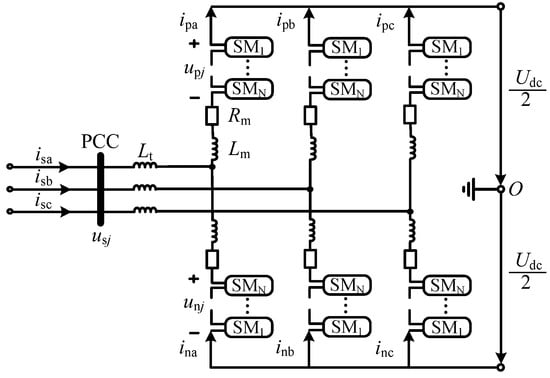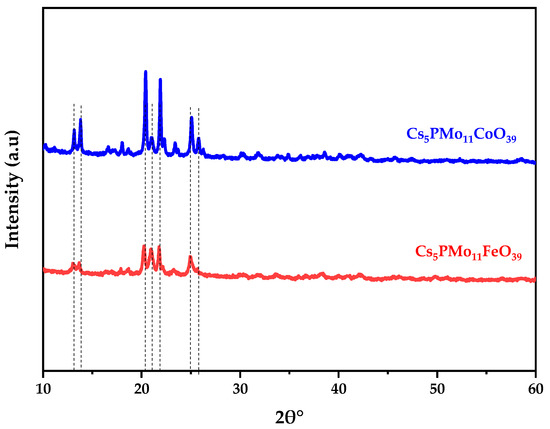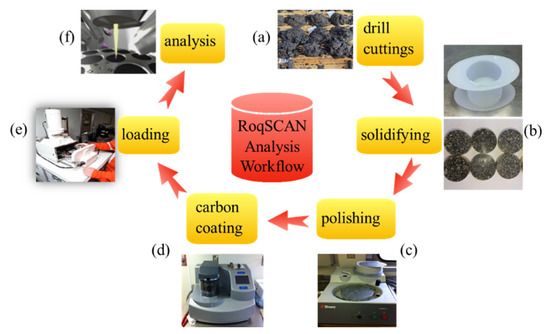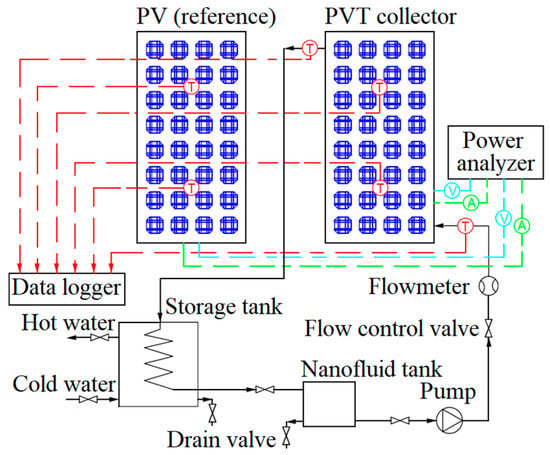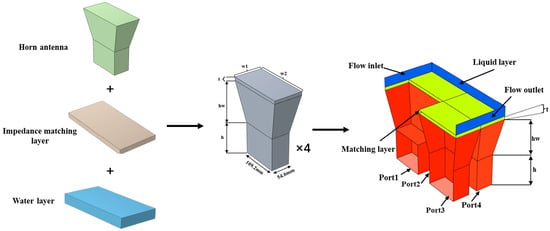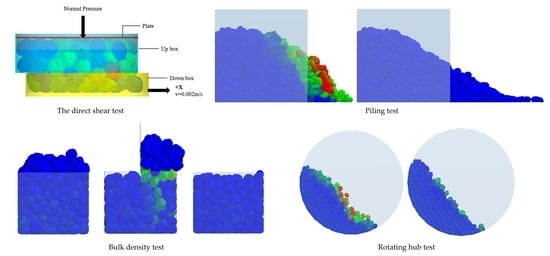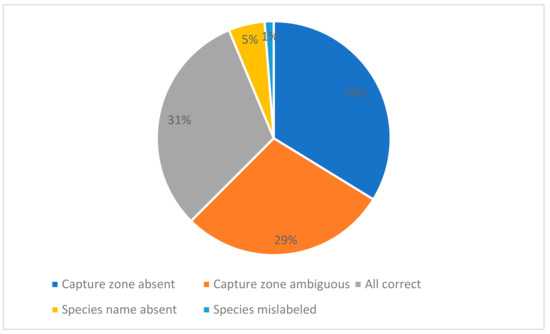School of Environmental Science and Engineering, Shanghai Jiao Tong University, No. 800, Dongchuan Road, Shanghai 200240, China
Processes 2023, 11(3), 838; https://doi.org/10.3390/pr11030838 - 10 Mar 2023
Cited by 1 | Viewed by 2320
Abstract
The rotating disk photocatalytic reactor is a kind of photocatalytic wastewater treatment technique with a high application potential, but the light energy utilization rate and photo quantum efficiency still need to be improved. Taking photogenerated electrons as the starting point, the following contents
[...] Read more.
The rotating disk photocatalytic reactor is a kind of photocatalytic wastewater treatment technique with a high application potential, but the light energy utilization rate and photo quantum efficiency still need to be improved. Taking photogenerated electrons as the starting point, the following contents are reviewed in this work: (1) Light-harvesting excitation of photogenerated electrons. Based on the rotating disk thin solution film photocatalytic reactor, the photoanodes with light capture structures are reviewed from the macro perspective, and the research progress of light capture structure catalysts based on BiOCl is also reviewed from the micro perspective. (2) Macroscope transfer of photogenerated electrons. The research progress of photo fuel cell based on rotating disk reactors is reviewed. The system can effectively convert the chemical energy in organic pollutants into electrical energy through the macroscopic transfer of photogenerated electrons. (3) Multi-level utilization of photogenerated electrons. The photogenerated electrons transferred to the cathode can also generate H2O2 with oxygen or H2 with H+, and the reduction products can also be further utilized to deeply mineralize organic pollutants or reduce the nitrate in water. This short review will provide theoretical guidance for the further application of photocatalytic techniques in wastewater treatment.
Full article
(This article belongs to the Special Issue State of the Art of Waste Utilization and Resource Recovery)
▼
Show Figures
